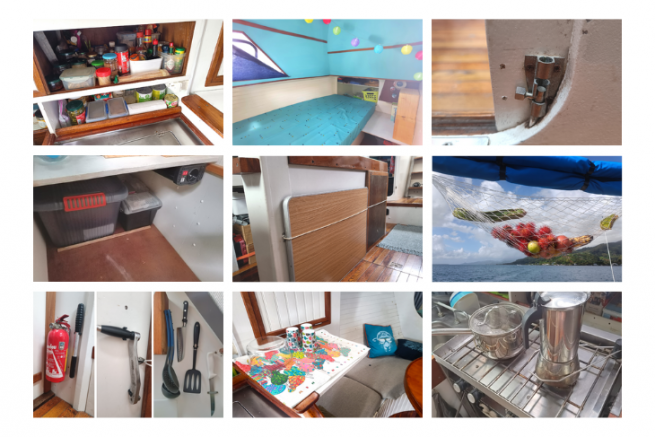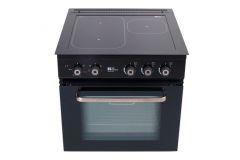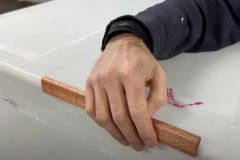Here are some tips on how to properly pack your gear in the boat at the lodge. Feel free to share your own tips in comments!
Anti-slip materials
The technique of non-skidding at the bottom of the cupboards and closets is well known. They come in all colors and materials. Most materials are sold by the meter and can be cut to the exact shape of your furniture.
What we don't always know is that a good tea towel on the table or the top of the fridge works just as well!
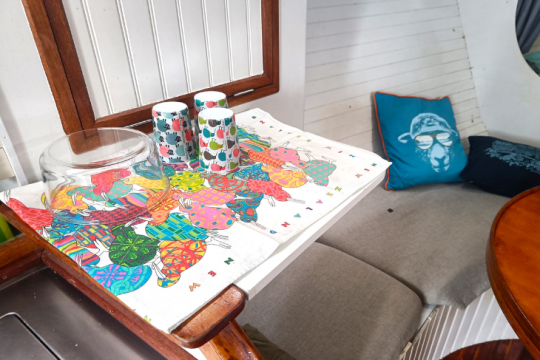
The tensioner or bungee cord
To hold objects in place, the use of a turnbuckle is particularly effective. It is very easy to place, just about anywhere, and secures your objects as the retractable elements of your interior. You can add a hook that allows you to handle the fastening system with more ease.
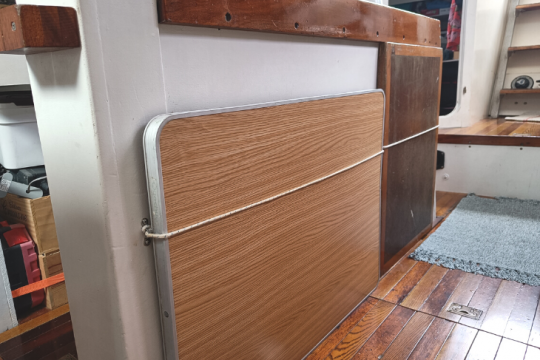
Attaching to the wall
Attaching your items to the bulkheads of your boat will allow you to always know where to find important equipment, such as the winch handle, knife, fire extinguisherâeuros¦ and to keep all the utensils you use most often within easy reach.
There are multiple hanging systems to fit all your items. We can mention the self-gripping tape, the screw, the ringâeuros¦
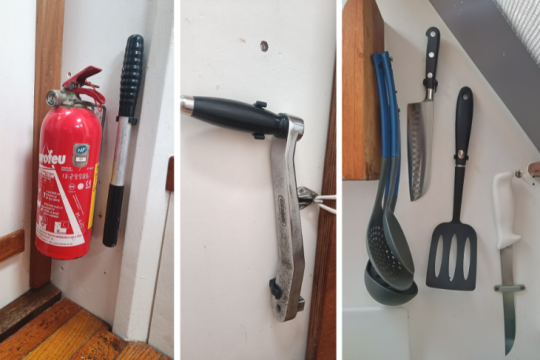
The cleat
Ideal for blocking movement on the floor, the wooden cleat is easy to attach and does not require a lot of resources.
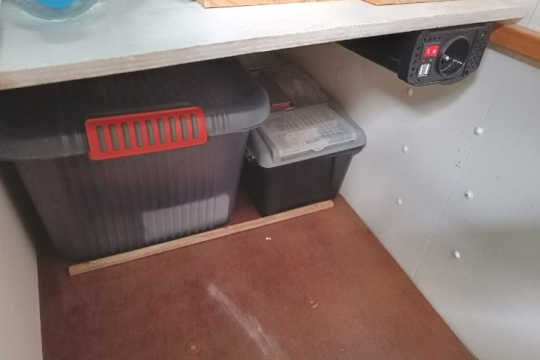
Latches and hooks
Beyond your personal items, the components of your home can also get damaged. Latches and hooks can come in handy, for example, to hold a sliding door open or closed.
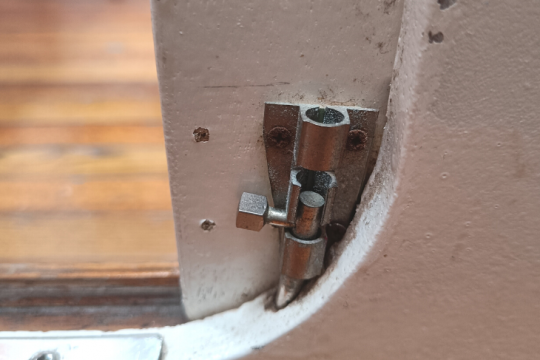
Optimization of equipment
Filling all available space in your equipment will prevent any possibility of movement.
Your items can be placed in boxes and containers. If you choose glass containers, keep in mind that this can generate noise or even breakage: consider blocking everything with cloths.

Hanging in a net
The use of a net is recommended for the transport of fruits and vegetables: it allows them to follow the movement of the boat, while letting them breathe. But the net technique can also be used for many other objects!
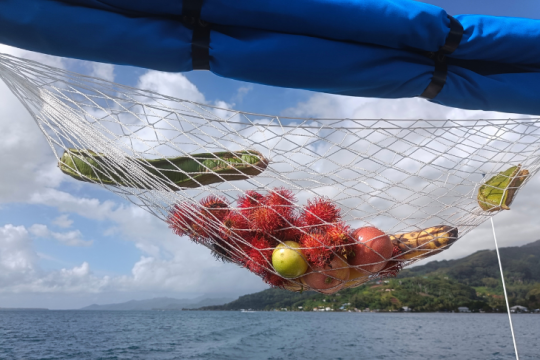
The banner
To store your fragile or valuable equipment, a simple solution can be to place the object on your mattress, protected by your comforter or wedged between two pillows.
This option is one of the most suitable for your computer tools, along with the option of putting your equipment back in its original box.
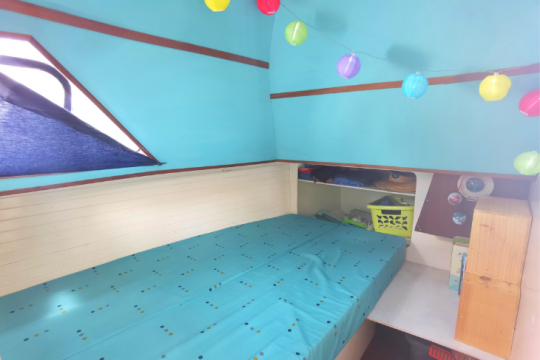
The oven on a gimbal
For everything that cannot be moved at all âeuros very fragile things such as egg plates or cooking in progress for example âeuros the gimbal oven can be used as a storage space. You can be sure that whatever is stored there will stay horizontal!
On the stove, the clamps used to secure your pots and pans can also help you secure other items.
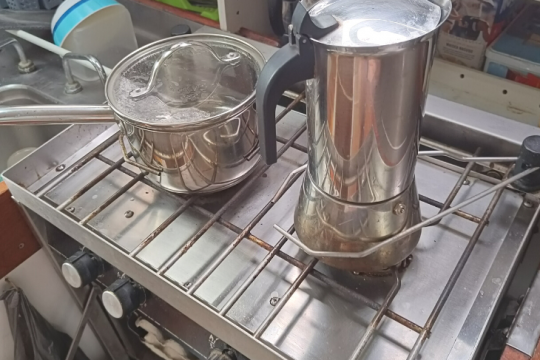
The protective shells
For items that you use all the time, and that you need to keep close by, such as navigation aids, it may be wise to invest in protective covers or shells.
Your devices will be less prone to slipping and in case of a fall, the often reinforced corners will prevent the screens from breaking. Also think about protection against humidity!
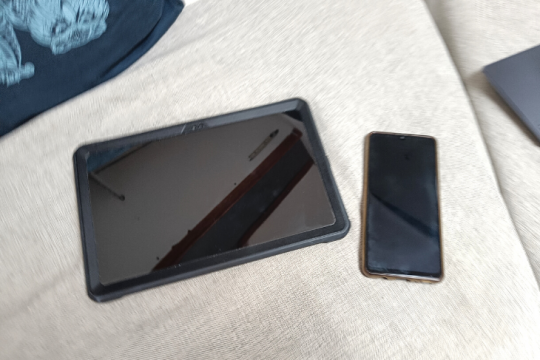
Finally, our best advice is to only bring on board what is necessary: leave on land everything you don't really need to avoid taking any unnecessary risks. A change of scenery at sea also means getting back to the basics
